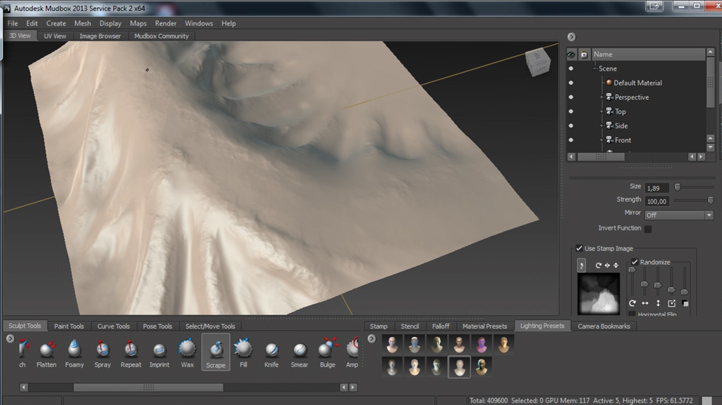

However, younger plants should be kept free by carefully cultivating or hand pulling any weeds from around the plants. Lemongrass can grow very large and will quickly out compete weeds. Container grown plants should be fed more frequently. Plants have a heavy requirement for nitrogen during the growing season and should be fertilized with a balanced soluble fertilizer once a month. Lemongrass requires regular rainfall and if being grown in drier climates the plants should be watered and misted regularly. Prepare the soil for planting by working in 2 to 4 inches of compost. In the home garden, plants should be spaced between 90 and 150 cm (36-60 in) apart.

Ensure that each new plant has its own rootstock.Ĭommercially grown lemongrass is planted at a higher density than in the home garden with a within row spacing of 20 cm (8 in) and 40 cm (16 in).

The bulb can be divided prior to planting by slicing through the rhizome with a sharp spade or trowel. In colder areas, the bulbous shoot base can be saved after harvest and stored for use the following Spring. The rhizome is best divided in the Spring in areas where the plant can be overwintered outdoors.
#Pixplant grass full#
Plants can be successfully grown in full sun or partial shade.Īs a clumping grass, lemongrass can be easily propagated by dividing stalks from the rhizome of a well established plant. The grass can also be successfully grown in containers. The grass will grow in a wide range of soils but grows best in well-draining, fertile loam with a pH between 5.0 and 8.4. The plants can be grown at temperatures ranging from 10 to 33☌ (50-91.4☏) but will grow optimally at temperatures between 25 and 30☌ (77–86☏). Lemongrass is a tropical plant and as such will grow best in warm, sunny and humid conditions of the tropics and subtropics.


 0 kommentar(er)
0 kommentar(er)
